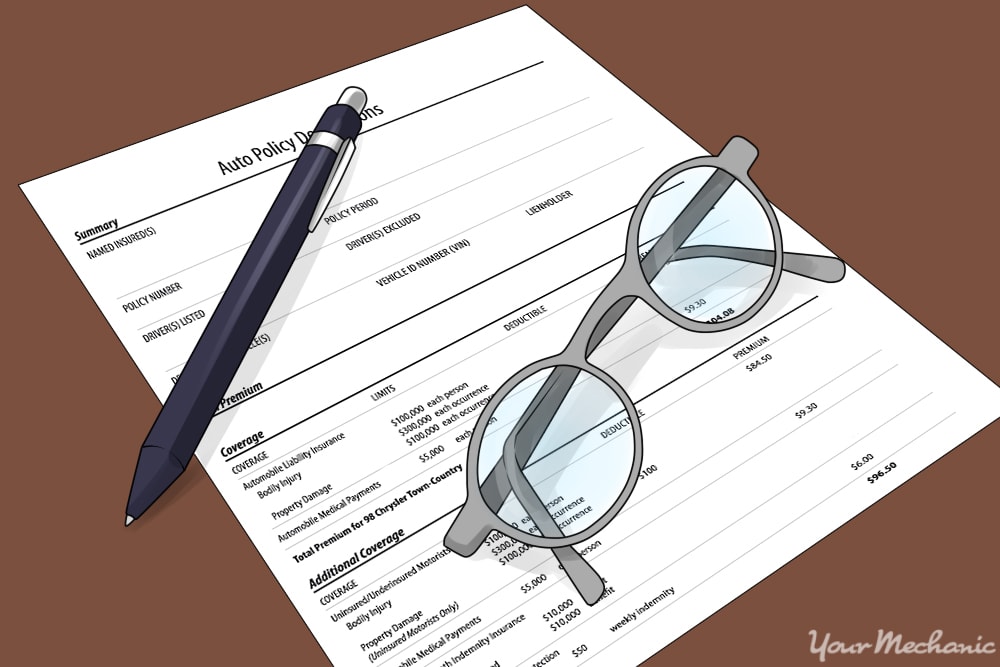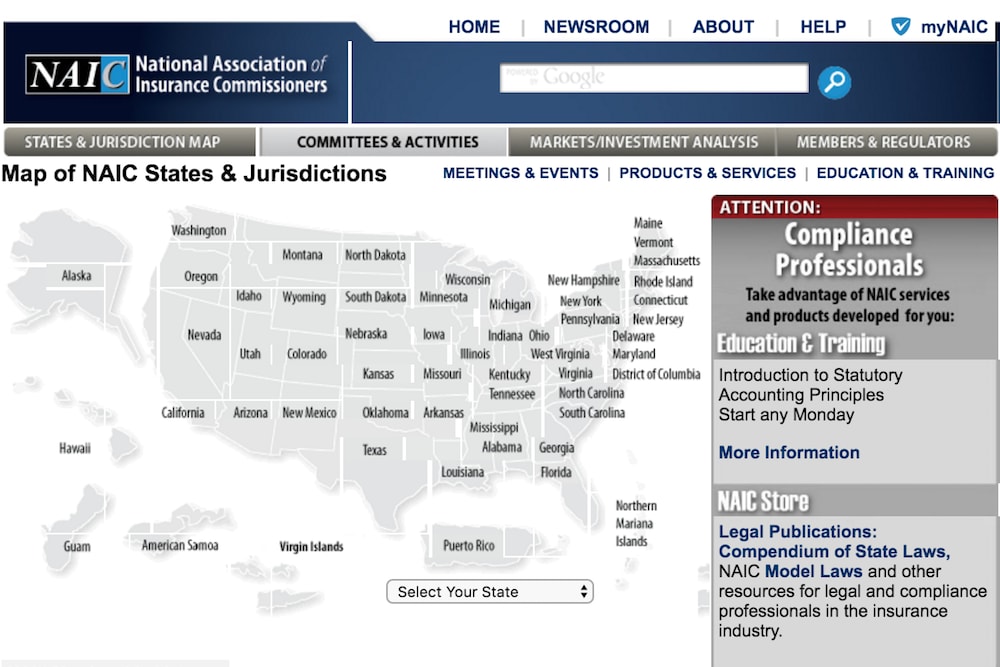

Getting auto insurance is not one of the most fun aspects of owning a car, but it is one of the most important. Auto insurance is incredibly vital, as it can save you large amounts of money and legal trouble in the event of an accident, or if something unexpectedly happens to your car.
In addition to being very helpful, car insurance is legally required by most states. In general, if your car is registered, it must also be insured. And if your car is not registered and insured, you cannot legally drive it.
As important as car insurance is, picking an insurance company can feel like a hassle. There are a large number of available insurance providers and plans can vary enormously, in terms of both price and coverage.
Choosing an insurance company doesn’t need to be a big deal if you follow some simple steps.
Part 1 of 3: Choose your insurance priorities
Step 1: Decide what kind of coverage you need. Different insurance policies have different levels of coverage, and it’s important to decide what type of coverage you would like for your car.
If you live in a busy city, drive every day, and park on a crowded street, you may need to get a very comprehensive insurance package. If you live in a rural community, park in your garage, and only drive on the weekends, a comprehensive policy may not be as important to you.
Some insurance companies offer accident forgiveness, which means that your rates will not rise if you are in an accident. However, you may be able to find a slightly cheaper plan if it doesn’t include accident forgiveness.
- Tip: While it’s tempting to always choose the cheapest insurance package available, you should always be comfortable with the coverage you are getting before committing to a policy.
Take some time to go through all the different options and determine which of these you would rather have.
Step 2: Choose a deductible budget. Decide what bracket you would like your deductible to be in.
A deductible is the amount of money you have to pay before the insurance company begins to cover the cost of damage. For instance, if your deductible is $500, and you need your cracked windshield replaced for $300, you will have to pay for all of it. If you get in an accident that results in $1000 worth of damages, you will have to pay for $500 out of pocket, while your insurance provider will have to pay the remaining $500.
Different insurance plans can come with different deductibles. In general, a lower deductible means a higher monthly payment, while a higher deductible means a lower payment.
Consider how much money you have saved up, and how likely you are to need repairs on your vehicle, and then determine whether you would like a low, medium, or high deductible.
Step 3: Decide what you want in a provider. Choose what is important for you in an insurance provider.
In addition to cost and coverage, consider the type of insurance company that you are considering.
If you like a company with 24-hour service and support, buy your insurance from a large, corporate company. If you prefer excellent community service, and being able to meet with your insurance agent whenever you have any questions, a local, independent insurance agency is probably best for your needs.
Part 2 of 3: Do your research

Step 1: Check out complaints towards companies. View complaints that have been filed against auto insurance companies.
Visit your state’s Department of Insurance website, and view the complaint ratios for the different insurance companies that you are considering. This will show you how many customers file complaints against the providers and how many of the complaints get resolved.
- Tip: You can also use this website to make sure that each company is licensed to sell car insurance in your state.
Step 2: Ask around. Ask around to find opinions about different auto insurance companies.
Ask your friends and family about their auto insurance coverage and how pleased they are with the policies, prices, and customer services.
Try calling your local mechanics and see if they have any advice on insurance companies. Since mechanics deal directly with auto companies, they often have a good feel for what companies are customer friendly, and what companies are not.
Do a quick Google search to see what other people have to say about the insurance companies you are considering.
Step 3: Check financial standing. Look at the financial standing of different insurance companies.
It’s important to find an insurance company that is doing well financially, otherwise they may not be able to provide you with the coverage you need.
Visit J.D. Power to see how the companies you are considering are faring.
Part 3 of 3: Get and compare auto insurance quotes
Step 1: Get insurance quotes. Log onto the websites of both large and small insurance companies. Use the insurance quotes part of their page to request a quote for your insurance needs.
In a few days, you should receive a quote via mail or email.
If you’d rather get a quicker response, or be able to ask policy questions, call your local insurance offices, or visit them.
- Tip: When you ask for an insurance quote, keep your basic vehicle information handy, as well as the name and birthdate of any drivers that you would like to have insured on the vehicle.
Step 2: Ask for discounts. Ask each insurance company if you are eligible for any discounts.
Most insurance providers offer numerous discounts. You may be able to get a discount for a pristine driving record, for having safety features in your vehicle, or for having home or life insurance through the same provider.
Ask each insurance company if they have any available discounts, so you can see if you are a good fit for any of them.
Step 3: Negotiate the best price. Once you have some insurance quotes, find the best options and negotiate for a better price.
Tip: Use the quotes you have received from different companies to try and get a better price from a competitor.
Tip: Don’t be afraid to tell a provider that you cannot consider their insurance company unless they lower their prices. They may say no, in which case you can opt for one of the better priced options, but they may also substantially lower their prices to try and get your business.
Step 4: Choose a plan. Once you have all the final offers from the different insurance providers, choose the policy and the company that best fits the needs of you, your car, and your budget.
Choosing an insurance company and policy doesn’t need to be a difficult experience. Follow these steps and you’ll easily be able to find a plan and a provider that is perfect for you.



